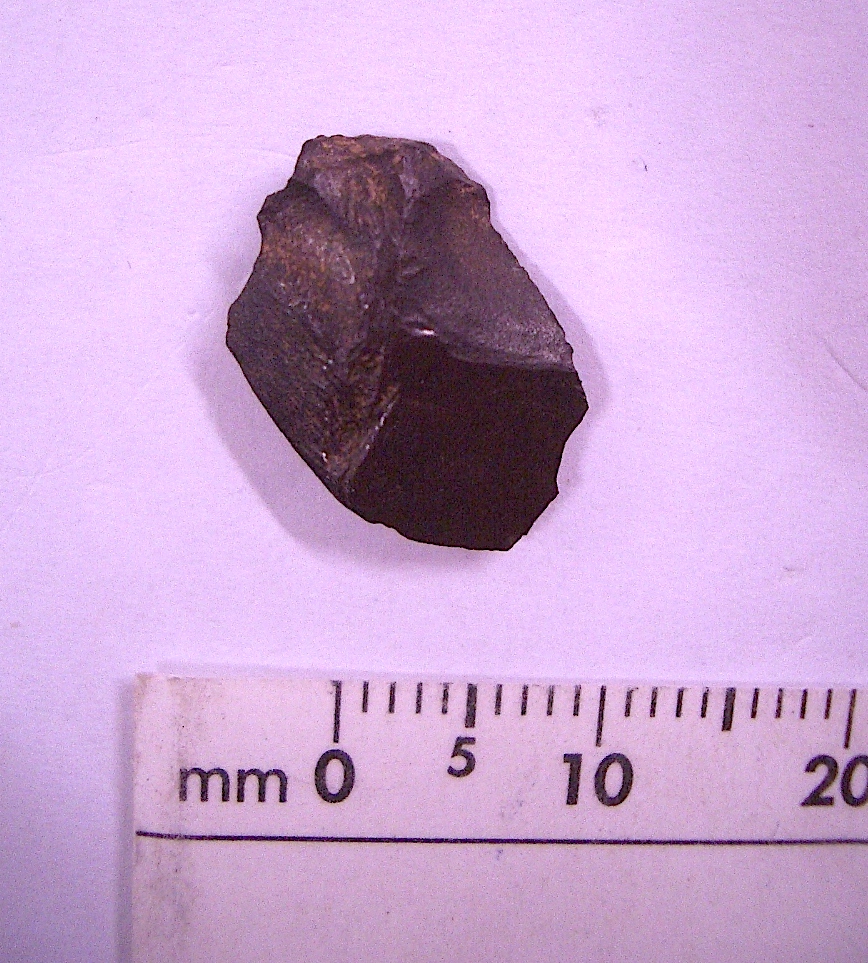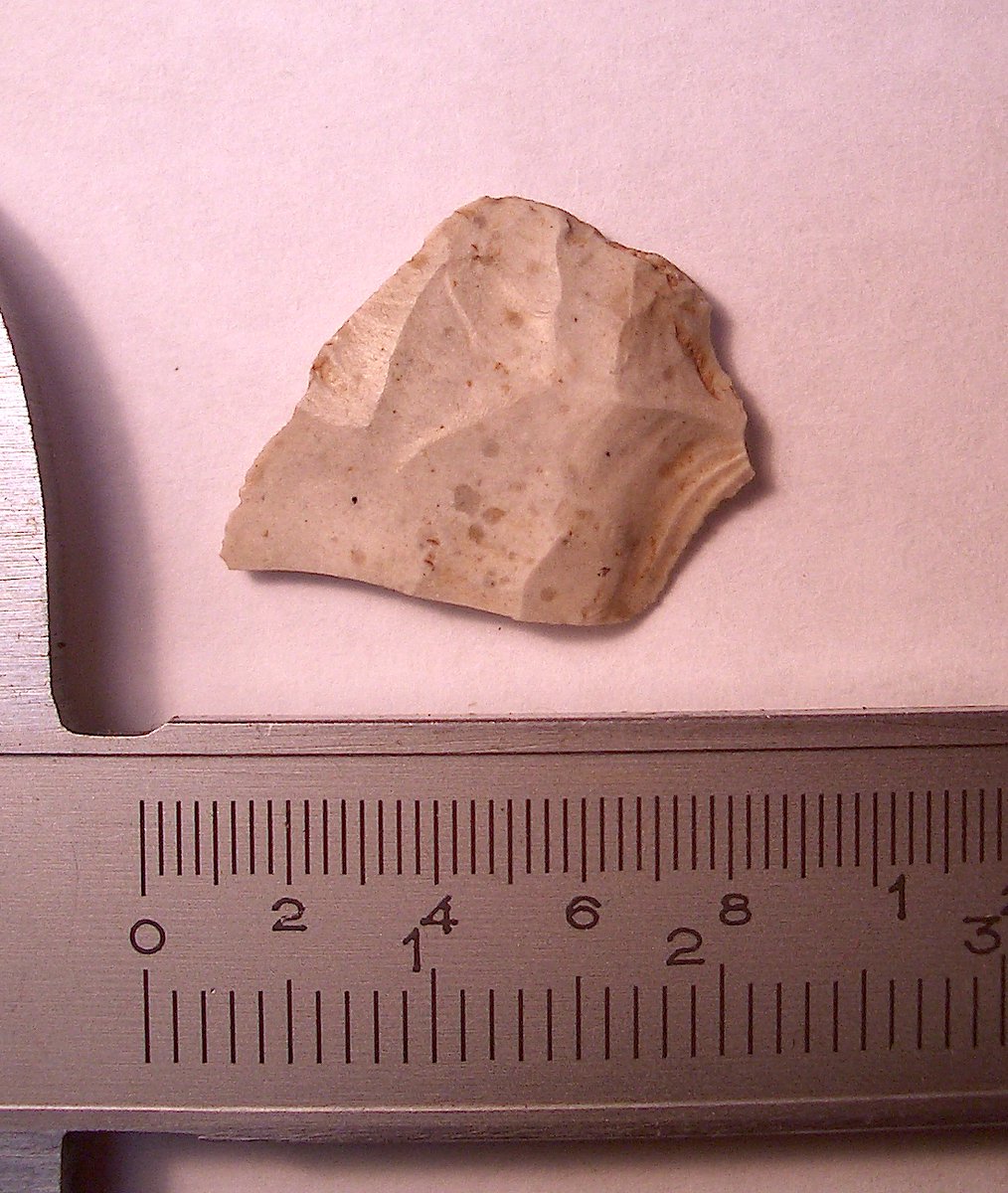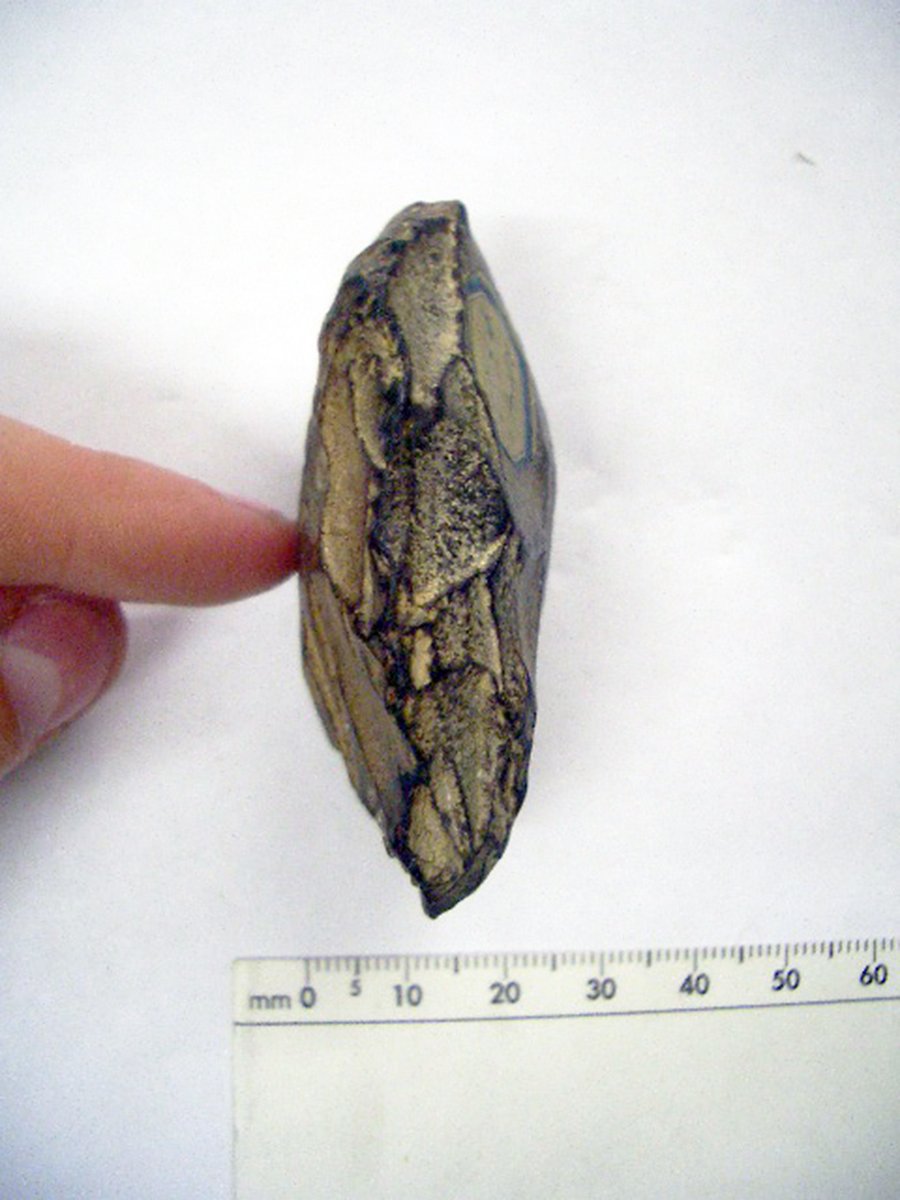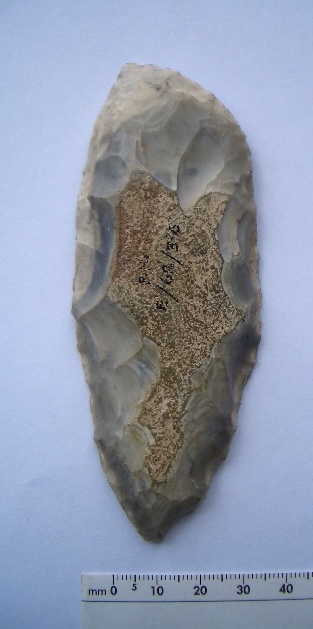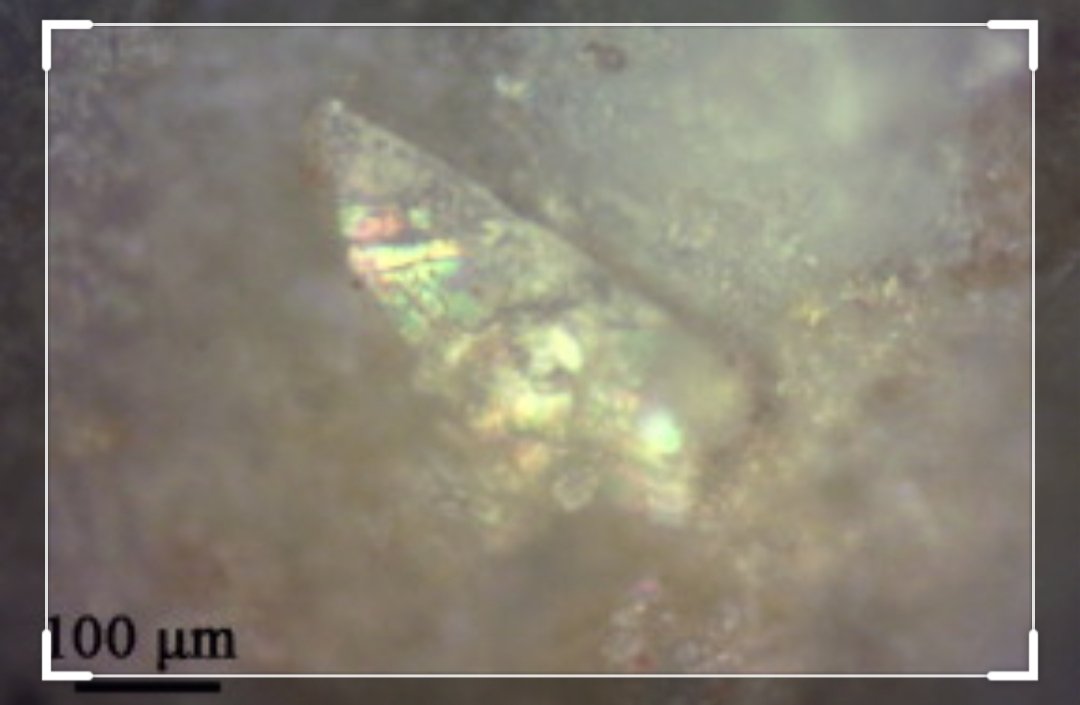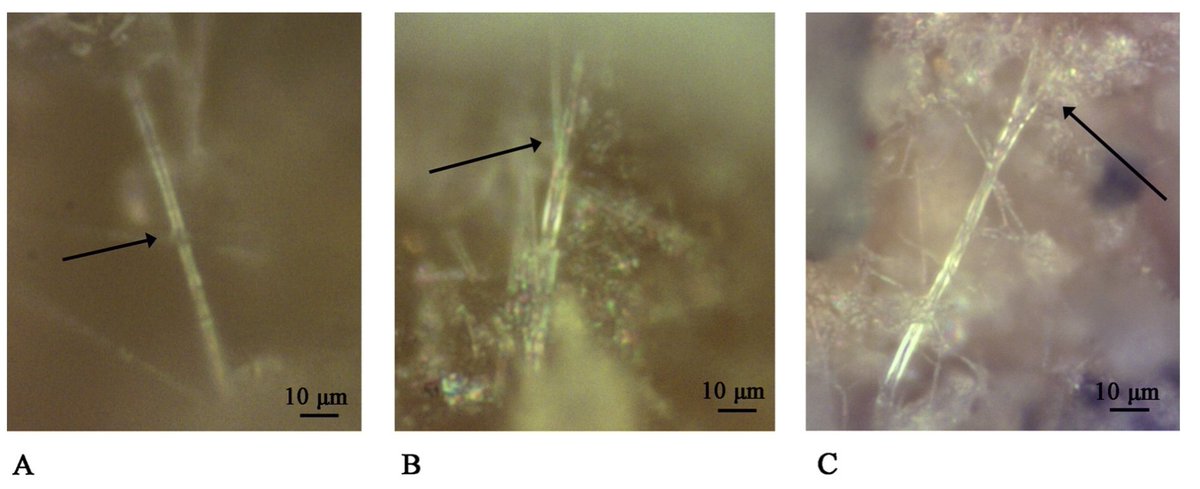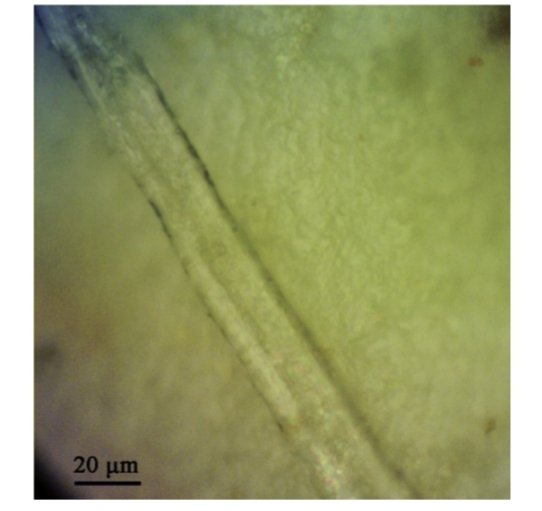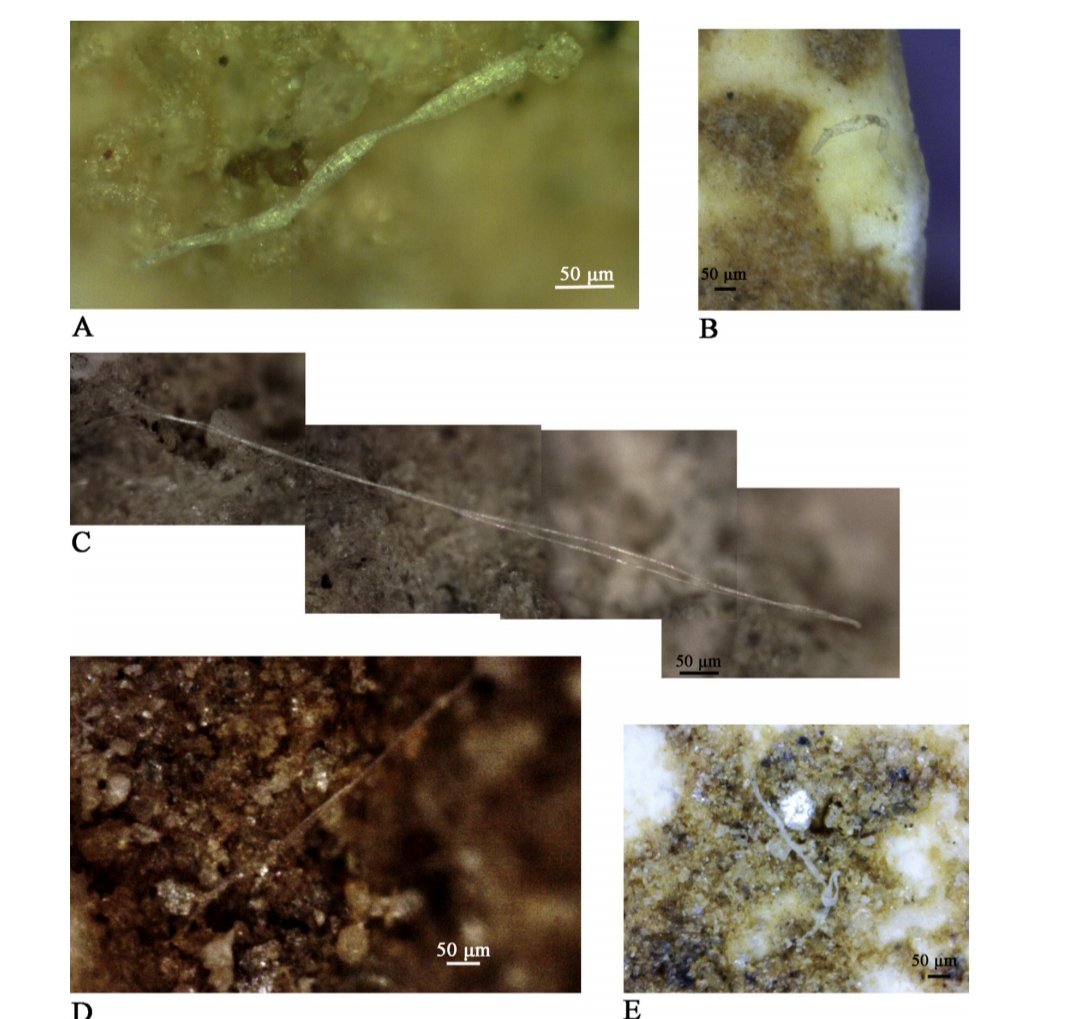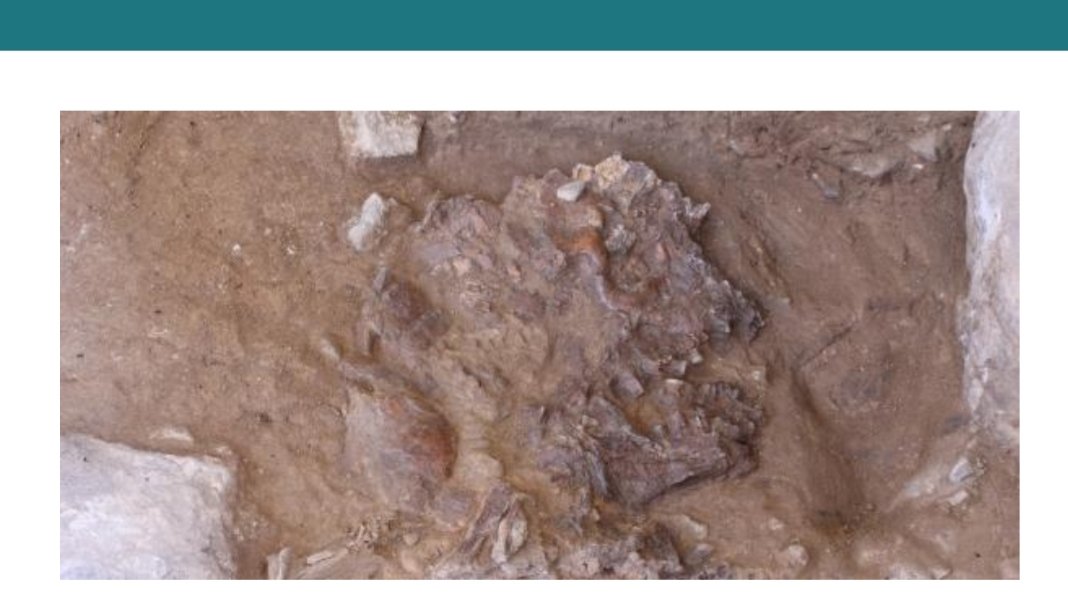
New paper showing more structured material engagement by #Neanderthals: alternating engraved marks on giant deer bone, Einhornhöhle (Unicorn Cave), Germany.
Congratulations to the authors!
(transparency: peer review docs are available, I signed as R1)
nature.com/articles/s4155…
Congratulations to the authors!
(transparency: peer review docs are available, I signed as R1)
nature.com/articles/s4155…
3D model publicly available here : denkmalpflege.niedersachsen.de/live/instituti… 

Paper is not OA, but as usual the Supplementary materials docs (appendices) are, and contain a lot of info including on the marks analysis.
static-content.springer.com/esm/art%3A10.1…


static-content.springer.com/esm/art%3A10.1…



If you're interested in *how* finds like this are critically assessed before they get published, it's worth looking at the peer review docs since they show the entire process of multiple rounds of reviewer comments & author responses.
I'll be writing a mini-thread on the archaeological context of this very intriguing find tomorrow!
• • •
Missing some Tweet in this thread? You can try to
force a refresh


